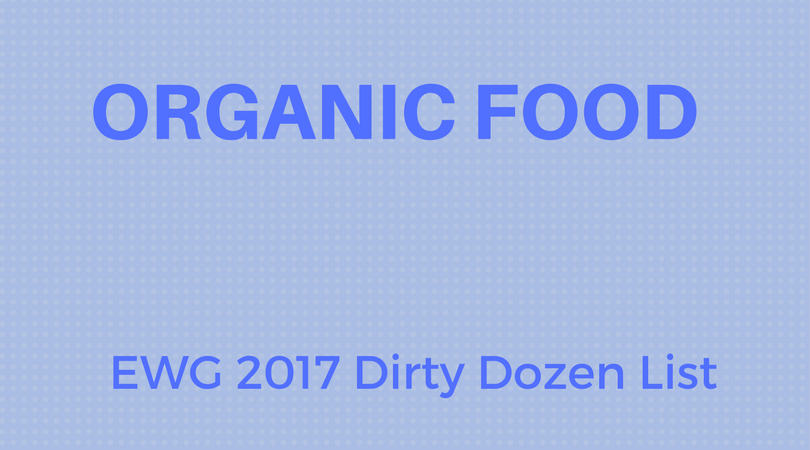[et_pb_section bb_built=”1″ admin_label=”section”][et_pb_row admin_label=”row”][et_pb_column type=”4_4″][et_pb_text admin_label=”Text”]
The Environmental Working Group (EWG) just released its annual “Dirty Dozen” list of the fruits and vegetables most contaminated with pesticide and herbicide residues. Studies reveal that conventional strawberries can have over 20 different chemicals found on them and spinach has more pesticide residue pound for pound than any other crop.
On the bright side is the “Clean Fifteen”, which are fruits and vegetables with the least contamination. The full list can be viewed here: www.ewg.org/foodnews/list.php
I am often asked about the cost benefit ratio of eating organic which can add 40-50% to your grocery budget.
In short, if you can afford it you should eat organic. While organic standards are not always perfect, eating organic is the one thing you can do to minimize exposure to some noxious and persistent toxins. The EWG found in excess of 160 different chemicals in their testing this year, many of these chemicals are known endocrine disruptors, carcinogens, mutagenic etc., so if you could avoid just one of these by spending more for organic, then you should, assuming that you would not cut costs in other areas that impact health and wellness.
The savvy consumer will note that the fruits and vegetables on the clean fifteen can be safely purchased as conventional thus saving on the grocery bill. Replace conventional strawberries and grapes with kiwi and mango. Many of the dirty dozen foods are kid favorites so it is important to insist on only organic foods for children if the food is on the dirty dozen list. Exposing children to a diversity of foods, especially vegetables, and making a point to favor produce from the clean fifteen list will help insure proper nutrition and development of a healthy palate.
Also, ditch the misconception that frozen foods, especially produce, are not as healthy compared to fresh. Frozen organic cherries and blueberries can be found in warehouse stores for under $3 per pound and the freezing process may help to retain more nutrients and anti-oxidants compared to fresh. See the link below for more info on the debate over nutrition in fresh and frozen produce and feel free to use frozen fruits and vegetables as much as you need.
If you are on a budget and can’t always afford organic foods, there are ways to minimize your exposure to pesticide residue. If the choice came down to a gym membership or eating organic, the gym membership (actually using it) is likely the better choice for your health care spending compared to eating organic. If the additional cost of eating organic means you would defer health care costs or self-care activities then perhaps it is not worth it and you can adjust your diet lower down the food chain to both save money and avoid the bio-accumulation of persistent toxins.
The EWG yearly report is a good time to review your food purchase decisions and commit to not only eating cleaner but also to taking some time to plan healthy meals for you and your family.
In Health,
Coleen Murphy, ND, LAc.
www.natmedworks.com
[/et_pb_text][/et_pb_column][/et_pb_row][/et_pb_section]

